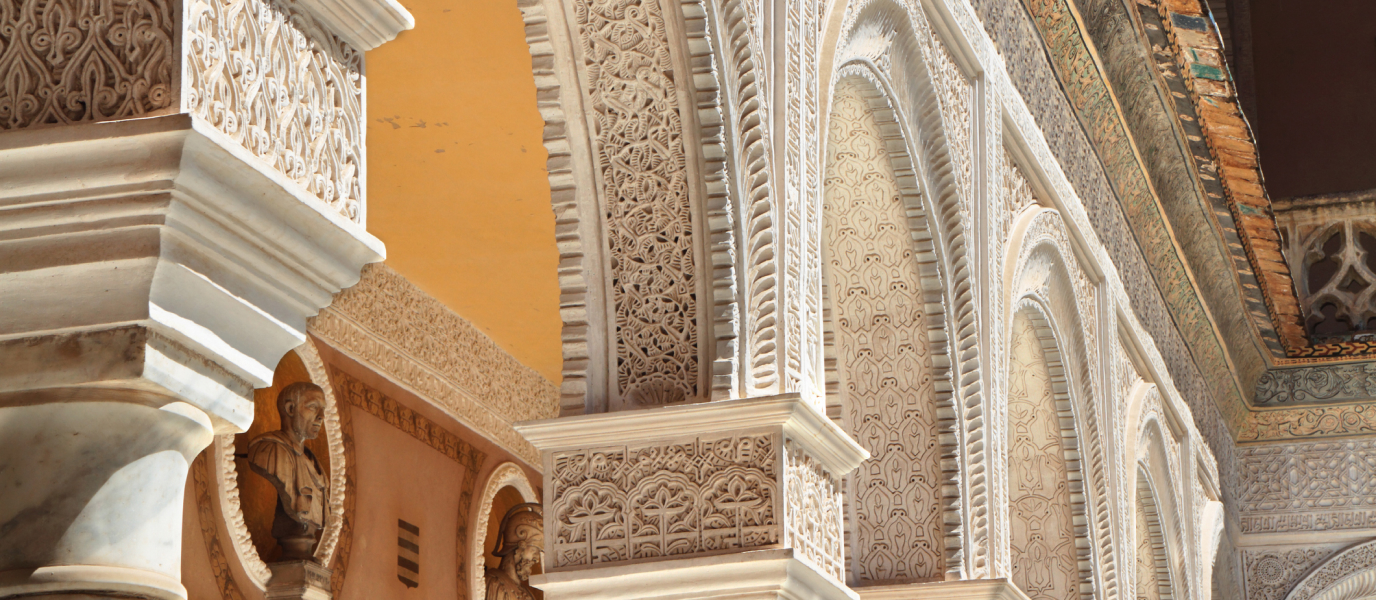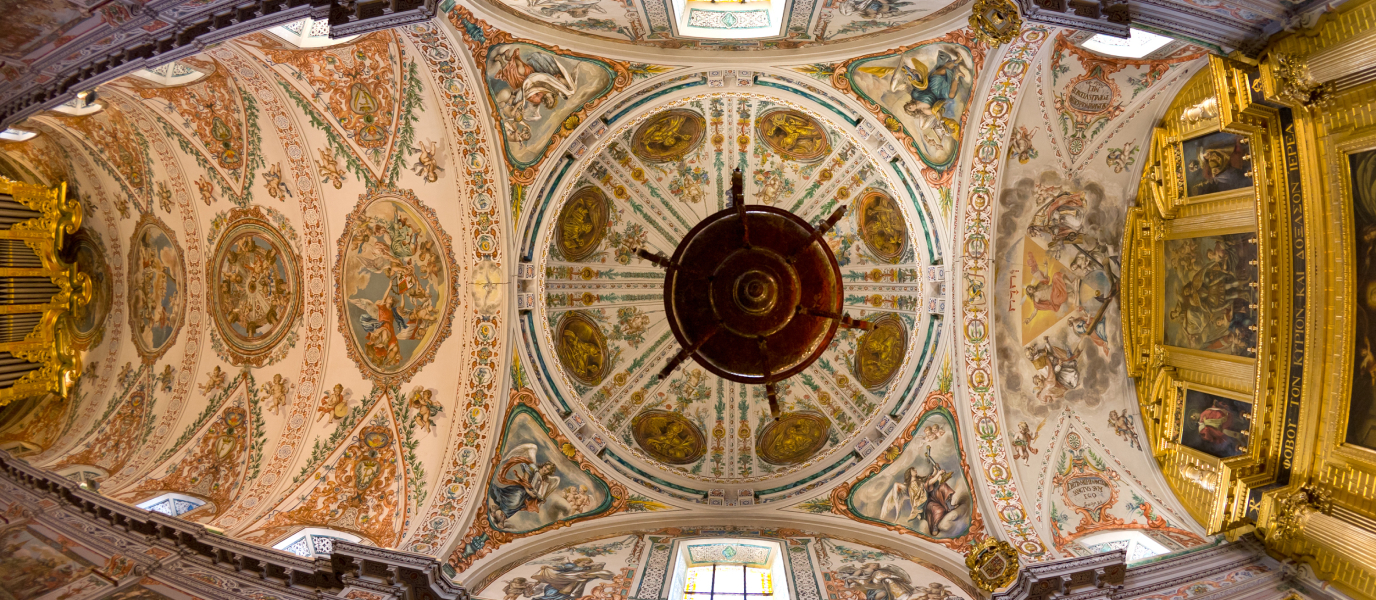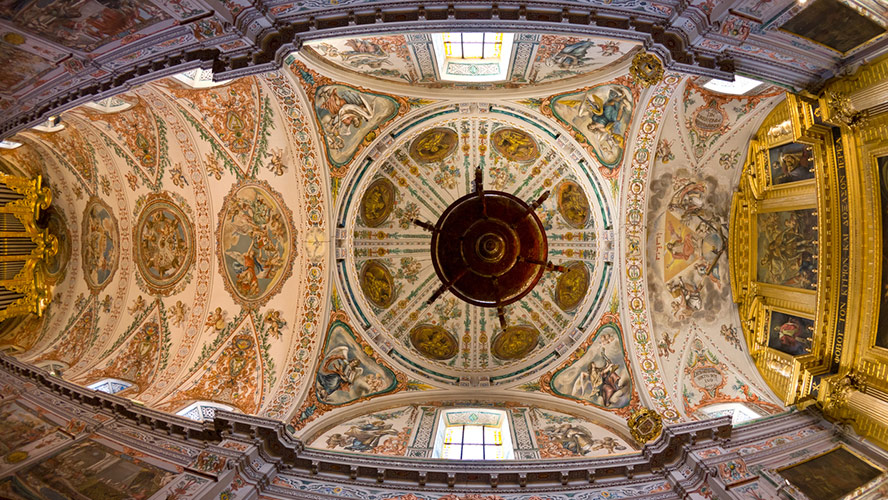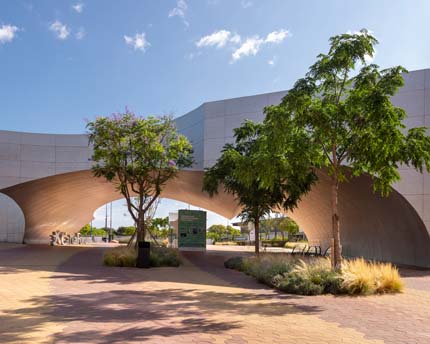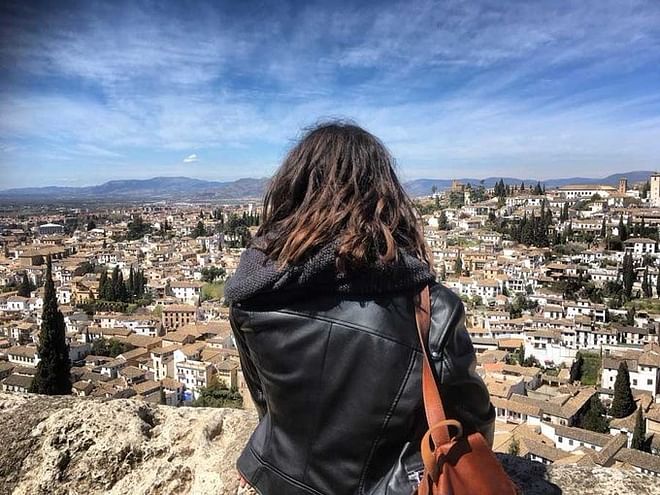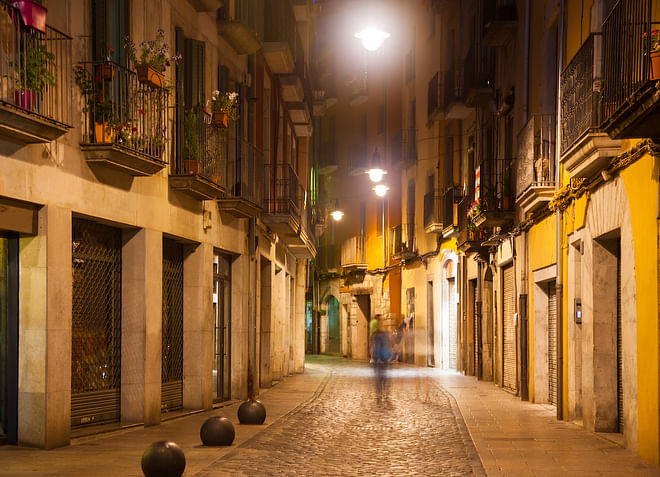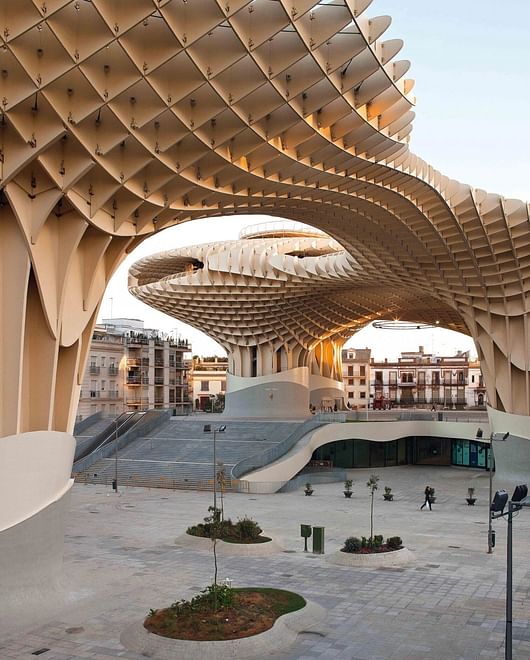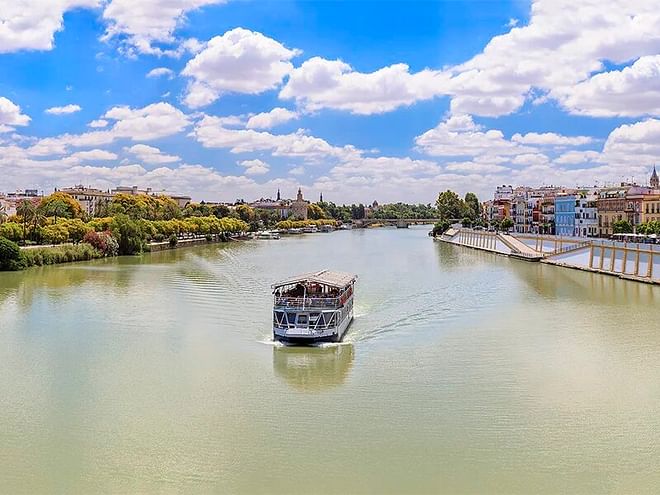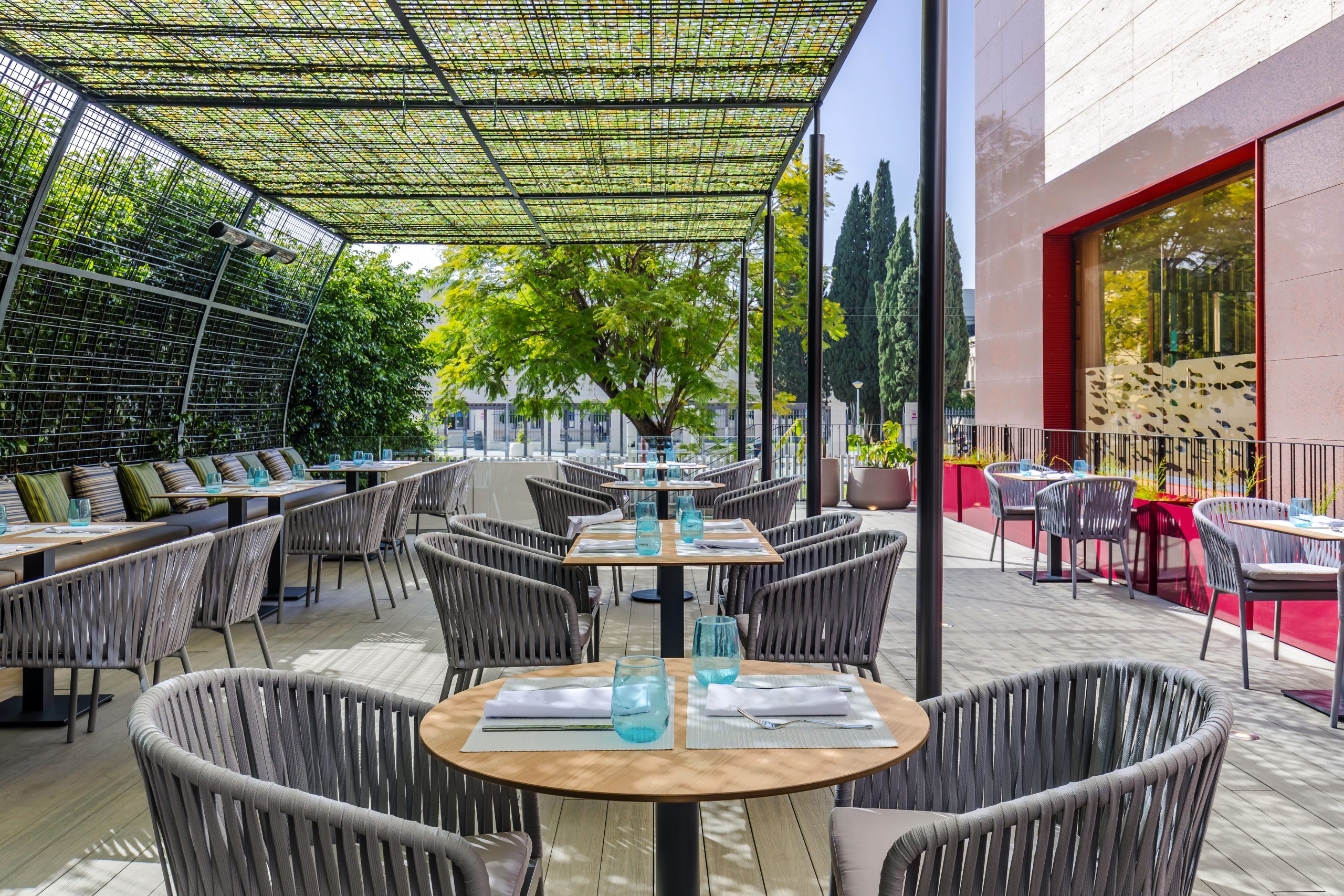The Church of St Stephen and the Convent of Saint Leander guard the beautiful Casa de Pilatos, an astonishing construction situated in the eastern part of Seville’s historic centre. Those who know nothing about it may find it difficult to imagine—as they walk through the adjoining streets of Calle Caballerizas and Calle Imperial—that behind their walls lies an elegant palace that is the result of multiple stylistic influences, in addition to gardens conceived as authentic orchards.
Casa de Pilatos: a little piece of Italy in the historic centre of Seville
The Casa de Pilatos project was spearheaded by Pedro Enríquez de Quiñones, IV Governor of Andalusia and his second wife, Catalina de Ribera, after their marriage in 1483. The union of both families gave rise to the Casa de Alcalá, a lineage that amassed notable fortune for the time due to—among other reasons—their involvement with Seville’s soap factories, which produced an excellent soap made from top-quality olive oil.
Casa de Pilatos was erected between the late fifteenth century and the early sixteenth century on land confiscated by the Inquisition. Stylistically-speaking, the lineage’s taste for the Italian Renaissance is evident. However, it is a syncretic construction, as it boasts Gothic features as well as considerable influence from the Spanish Mudéjar style, above all in terms of its decorative motifs. Moreover, in the nineteenth century, the palace underwent several changes, which bestowed it with some touches of Romanticism, which was popular at the time. Thus, Casa de Pilatos cannot be categorised in terms of one style and instead constitutes a veritable collection of diverse influences.
As for its name, it appears to come from the Way of the Cross established by Fadrique Enríquez de Ribera, the son of Don Pedro and Doña Catalina. On a trip to Jerusalem he discovered that the distance between the ruins of Praetorium and Golgotha hill was the same as that between the family palace in Seville and the medieval temple of the Cruz del Campo in the Nervión neighbourhood. Following this finding, Fadrique established a processional route with 12 stations, which is considered by local historians to be a clear precedent of the Sevillian Holy Week.
The building has also been the location of four Hollywood productions (Kingdom of Heaven, 1942: Conquest of Paradise, Lawrence of Arabia and Knight and Day) and the Spanish film El caballero Don Quijote, which are all a great way to familiarise yourself with the building’s interior. It has also been the residence of the Dukes of Medinaceli and it is currently the headquarters of the Fundación Casa Ducal de Medinaceli foundation, a private entity dedicated to the research, conservation and dissemination of the historical heritage of the noble house and its annexes.
Reasons to visit Casa de Pilatos
As it is the most important noble palace in Seville, it is worth leaving the more tourist-oriented area of the Andalusian capital (where the Cathedral, the Royal Alcázar, the Tower of Gold and La Maestranza bullring are located) for a short while and taking a 10-minute stroll towards Plaza de Pilatos.
There, embedded in an austere brick façade, is the palace’s elegant entrance, which transports us back to Italian Renaissance classicism with its Corinthian pilasters, its reliefs adorning the spandrels of the round arches and its upper corbels. Inside, the first sign of its syncretic aesthetics is the cresting at the top of the façade, made in the form of a Gothic balustrade and presided over by three Jerusalem crosses.
Once through the door, we enter into the building’s first courtyard. It is an austere yet pleasant space typical of Andalusian patios. However, this is just a taster, as the real decorative wealth is to be found when we turn right into the main courtyard. In contrast to the austerity of the first courtyard, this latter one astonishes visitors with a profusion of spectacular decorative elements, in which classical sculptures, precious plasterwork and hypnotising skirting boards tiled with geometric motifs appear, completely enveloping the walls, except in the spaces reserved for doors or mullion windows.
Among the sculptures found in the main courtyard are two images of the goddess Pallas, which belonged to the collection gathered by the grandson of Pedro Enríquez de Quiñones, who decided to invest part of his inherited fortune in one of his great passions: classic sculpture. The 24 busts situated on top of the tiled skirting boards originate from the archaeological site of Itálica, whose ruins are just under 10 kilometres from the centre of Seville.
The rooms of the palace also boasts beautiful decoration that does not skimp on resources. In addition to the tiles and plasterwork on the exterior of the building are also the magnificent wood coffered ceilings, some of which have delicate muqarnas that seems to float weightlessly.
Before leaving Casa de Pilatos, it’s worth putting aside a few minutes to head down into its two gardens—the large one and the small one—and stroll through its hedges and parterres. In them, architecture and landscaping go hand in hand to create a magical setting.























































